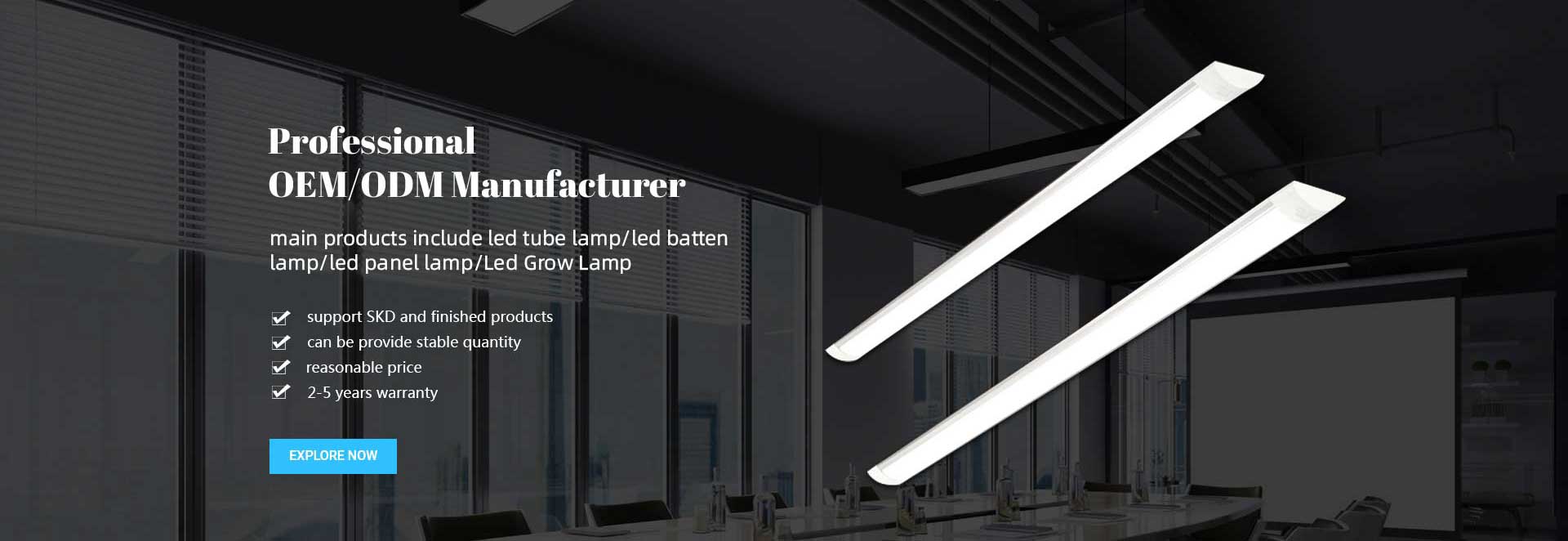

Why Choose Haoyang Lighting
Haoyang Lighting
Introducing our LED grow lights, the perfect solution for indoor plant cultivation. These lights offer a full-spectrum sunlight replacement, providing plants with the wavelengths they need for healthy growth. The pinkish white color output not only reduces cultivation costs and extends flowering periods but also helps protect the eyes of growers during prolonged use.
Compared to traditional HPS/MH lights, our Haoyang grow lights are more efficient and consume less energy. They deliver the necessary wavelengths for chlorophyll production, promoting photosynthesis and supporting robust stem and leaf development.With our LED grow lights, you can create an optimal growing environment for your indoor plants, ensuring they thrive year-round.
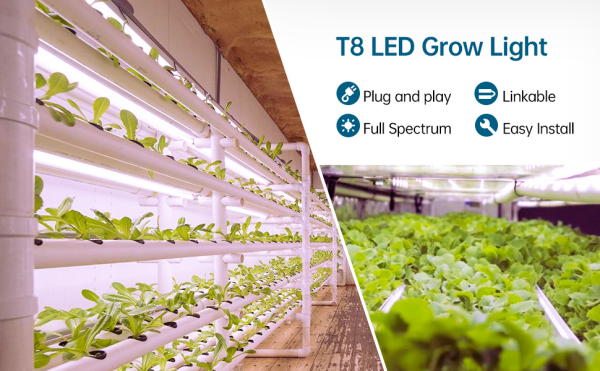
Model No.:HY-GP-A
Brand: Haoyang
Color temperature:Pink/ 3000K/4000K/5000K/6500K
Lumen/Watt:90-100Lm/W
(Ra): 70 or 80 IP40
Support dimming: No
Lamp life (hours): 30000
Input voltage (V): 165-265V or 85-265v
Main body material: PC+Aluminum
Application: indoor gardening, flower shows, pot and container gardening, greenhouse lighting, sowing, breeding, farming, etc
Keyword: Led grow light/led plant fixture
Lamp Power(W): 5w/9w/14w/18w
Dimension: 300/600/900/1200/1500
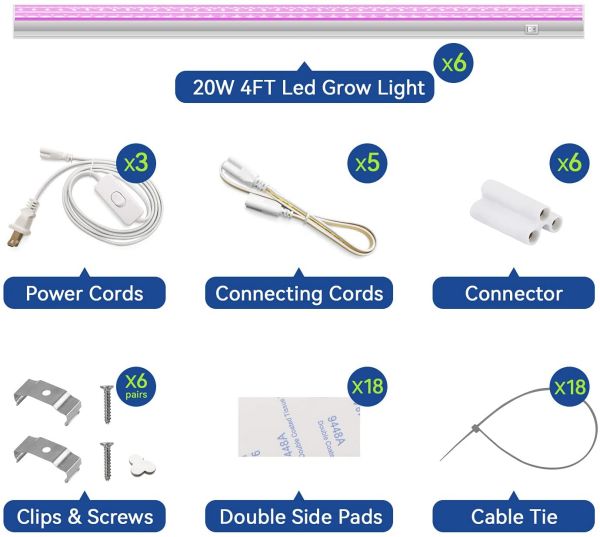
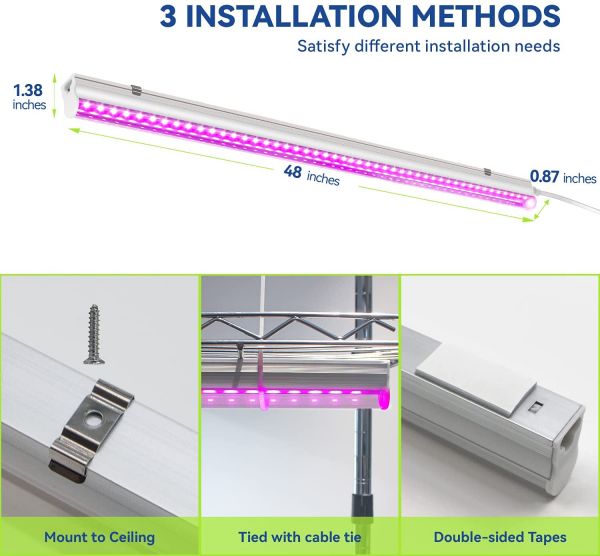
Energy Efficiency: LED grow lights are highly energy efficient, converting a greater proportion of electric power into useful light than traditional light sources. This saves on energy use and lowers electricity bills over time.
Customizable Spectrum: LED grow lights can be engineered to give off certain wavelengths of light which are most beneficial for growing plants. The growers can select LED fixtures with customizable spectrums to tune the emitted light for different plant types and growth phases.
Low Heat Emission: LED grow lights generate much less heat than traditional lighting thereby minimizing chances of plant heat damage while allowing closer placement next to the canopy without causing burns or stress. This also helps maintain optimum temperatures for growth indoors.
Long Lifespan: These types of bulbs usually last a lot longer compared with conventional ones, sometimes in tens of thousands of hours before they are replaced. This ensures steady performance over long period and reduces maintenance costs.
Compact Design: In general, these lamps come with compact designs making it easy to fit them or adjust them in indoor farming spaces. They occupy little space allowing more flexible positioning within growth spaces such as shelves, racks or grow tents.
Low Profile: Such lamps are low profiled and emit directional light thus reducing wastage through spillages and improving accuracy when directing towards plants. With that kind of orientation, more light will be used maximally reducing wastage in energy consumption.
Instant On/Off: There is no warm-up or cool-down time required by these lamps as they produce immediate illumination right after being switched on and off as desired by the farmers. Due to this reason, growers need not worry about lamp warm up times hence enabling accurate planning for applying appropriate lighting schedules.
Environmentally Friendly: LED grow lights have zero harmful elements like mercury or lead; hence they are eco-friendly and safe when discarded. Moreover these devices operate efficiently reducing carbon emissions from electricity production.
Versatility: These kinds of grow lights have multipurpose uses in indoor gardens including seed starting, propagation, vegetative growth, flowering and fruiting. They can be adapted for a wide range of plants from herbs and vegetables to ornamentals and flowering plants.
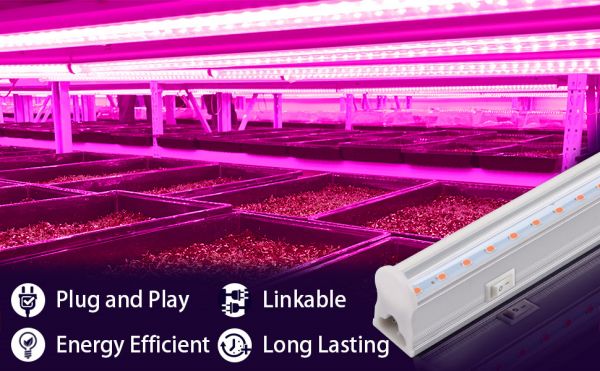
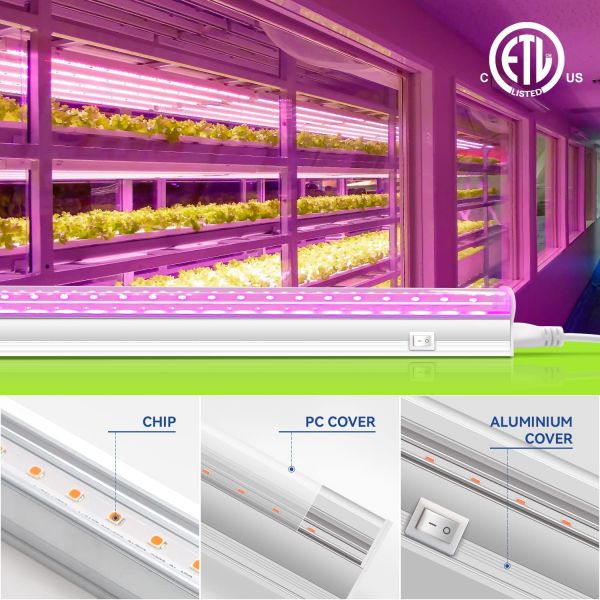
Indoor Gardening: People who grow plants indoors, including indoor gardeners, widely use LED grow lights to raise different types of plant species such as herbs, vegetables, flowers and houseplants. These are perfect for homes, apartments, offices and other indoor spaces that may not access natural sunlight.
Hydroponic and Aeroponic Systems: In hydroponic and aeroponic systems where plants are cultivated without soil, led grow lights are a must. In terms of artificial lighting alone, these lighting systems provide the necessary spectrum of light for growing plants in the absence of soil thereby making LED grow lights an indispensable tool for successful cultivation.
Supplemental Lighting: LEDs can serve as supplementary illuminants in greenhouses or indoor gardens that have inadequate natural light sources so as to add onto or increase the number of daylight hours naturally. This is important during winter when days are short or there is little sunlight.
Propagation and Seed Starting: Generally speaking, LED grow lights are commonly used when starting seeds as well as facilitating propagation in order to create optimum lighting conditions which will ensure healthy growth. When combined with seedling heat mats or humidity domes in addition to propagating trys they produce ideal germination environments.
Vertical Farming: Plant growers within vertical farming systems cannot do without LED grow lights which form part of their structures since these types of farming entail putting crops on top one another vertically thus making it easy to save space. By allowing multiple layers to receive equal amounts of light throughout these tiers ensures that indoor vertical farms can accommodate many more plans than would have been possible using other methods.
Commercial Cultivation: Indoor horticulture does not miss out on using LED grow lamps extensively because the practice involves production with high worth such as cannabis among others like leafy greens and microgreens. They provide energy-saving illumination facilities for large-scale cultivation indoors.
Research and Experimentation: Researchers involved in studying plant growth, photosynthesis and optimization of light spectrum such as botanists, plant scientists and experimenters need LED grow lights for their studies. They are useful tools in investigating the responses of plants to different light conditions since they allow for precise manipulation of lighting variables.
Home Use and Hobbyists: People who grow indoor plants for fun or personal use such as home growers find LED grow lights very appealing. People can plant crops even in cold months through these lamps no matter how the weather is out there.

Indoor LED grow lights can be used to grow a variety of plants, including herbs, vegetables, flowers, and even some fruit plants.
The optimal distance between LED grow lights and plants varies based on light intensity, plant species, and growth stage, but a general guideline is 12 to 24 inches above the canopy.
Most indoor LED grow lights have a lifespan of 50,000 to 100,000 hours, significantly longer than traditional lighting sources.
LED grow lights produce less heat than traditional light sources like HID lights, making them better suited for indoor gardening without overheating the growing area.
Yes, indoor LED grow lights can be used for seed germination, vegetative growth, flowering and fruiting stages by adjusting the spectrum and intensity.
LED grow lights are energy efficient and use less electricity than traditional lighting sources, resulting in lower energy bills.
The recommended spectrum for indoor LED grow lights includes blue light (400-500 nm) for vegetative growth and red light (600-700 nm) for the flowering and fruiting stages.
Yes, indoor LED grow lights can supplement natural sunlight or be used as the primary light source in areas with limited sunlight exposure.
Some LED grow lights come with built-in fixtures and can be easily installed using hanging chains or adjustable brackets, while other grow lights may require separate mounting hardware.
Yes, many indoor LED grow lights feature dimming or adjustable spectrum settings to accommodate different plant growth stages and light requirements.
Some LED grow lights contain UV or IR diodes to supplement the light spectrum, but overexposure to these wavelengths can be harmful to plants and should be used with caution.